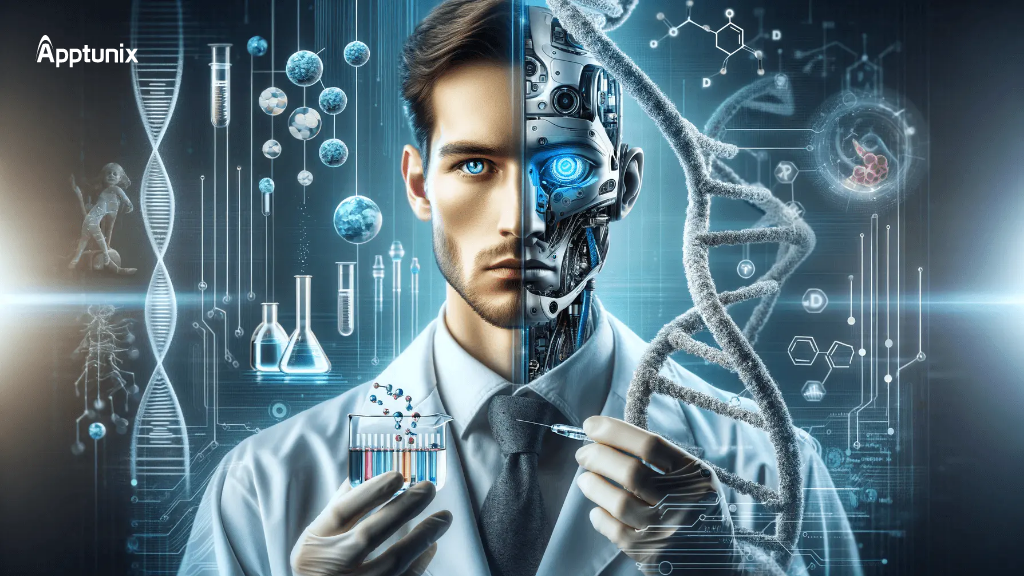Artificial Intelligence (AI) is rapidly reshaping the landscape of modern medicine. From streamlining administrative tasks to enhancing clinical decision-making, AI’s presence in healthcare is undeniable. One of the most transformative—and controversial—applications of AI is in medical diagnostics. With machine learning algorithms now capable of interpreting X-rays, predicting disease progression, and analyzing lab results with remarkable accuracy, a compelling question arises: Can AI replace human doctors in diagnostics?
This article explores the capabilities of AI in diagnostics, compares its performance with human clinicians, and examines whether machines could—or should—fully replace human judgment in medical decision-making.
The Rise of AI in Medical Diagnostics
AI-powered diagnostic tools rely on vast datasets and advanced algorithms to identify patterns, anomalies, and disease indicators in medical data. Using techniques such as deep learning and natural language processing, AI systems are now able to analyze:
-
Medical images (X-rays, MRIs, CT scans)
-
Electronic health records (EHRs)
-
Genomic data
-
Lab test results
-
Patient-reported symptoms
For instance, Google’s DeepMind developed an AI model that can detect over 50 eye diseases from retinal scans with accuracy comparable to top ophthalmologists. Similarly, AI systems trained on mammogram datasets have demonstrated performance on par with, or even exceeding, human radiologists in breast cancer detection.
These breakthroughs suggest that AI has the potential to significantly augment—or in some cases, outperform—traditional diagnostic methods.
Comparing AI and Human Diagnostic Performance
Numerous studies have compared AI models with human physicians, particularly in specialties such as radiology, dermatology, and pathology. The results are promising but nuanced.
-
Speed and Scale: AI can process thousands of medical images or records in seconds, far faster than any human. This enables large-scale screening programs and rapid triaging in emergency settings.
-
Accuracy: In controlled conditions, AI has demonstrated diagnostic accuracy that matches or exceeds that of human experts. A 2019 study in The Lancet Digital Health found that deep learning algorithms correctly identified diseases from medical imaging with similar levels of sensitivity and specificity as healthcare professionals.
-
Consistency: Unlike humans, AI doesn’t suffer from fatigue or cognitive biases, leading to more consistent diagnostic decisions.
However, AI still struggles in real-world clinical environments where data may be incomplete, inconsistent, or outside the model’s training set. Moreover, AI systems lack the contextual understanding and intuition that experienced physicians bring to complex, multifaceted cases.
The Human Element in Diagnostics
While AI excels in pattern recognition, it lacks empathy, clinical intuition, and holistic reasoning. Human doctors consider a wide array of factors during diagnosis, including:
-
Patient history and psychosocial context
-
Verbal and non-verbal cues
-
Ethical and cultural considerations
-
Comorbid conditions and rare diseases
Additionally, doctors play a critical role in communicating diagnoses, building trust, and supporting patients emotionally—areas where AI, at least for now, cannot compete.
Complementary Roles: AI as a Diagnostic Partner
Rather than replacing doctors, AI is increasingly viewed as a powerful diagnostic assistant. This “augmented intelligence” model leverages the strengths of both human clinicians and AI to deliver better outcomes.
Examples include:
-
Decision Support Systems: AI alerts physicians to potential diagnostic errors or missed information.
-
Triage Tools: In emergency rooms, AI can prioritize patients based on urgency, streamlining workflows.
-
Second Opinions: AI provides a secondary diagnostic review, increasing diagnostic confidence and reducing errors.
When used in this way, AI enhances efficiency, accuracy, and access—especially in under-resourced settings where specialists may be scarce.
Ethical and Regulatory Considerations
The rise of AI in diagnostics also brings new challenges:
-
Accountability: Who is responsible when an AI makes a diagnostic error—the developer, the physician, or the hospital?
-
Bias and Fairness: AI trained on non-representative datasets may produce biased results, leading to health disparities.
-
Data Privacy: AI systems require massive amounts of patient data, raising concerns about data security and patient consent.
-
Regulation: Agencies like the FDA are now developing frameworks for approving and monitoring AI-based diagnostic tools.
To safely integrate AI into diagnostics, robust oversight, transparency, and collaboration between developers, clinicians, and regulators are essential.
Looking Ahead: The Future of Diagnostics
The future of diagnostics is collaborative, not competitive. AI will not replace doctors, but doctors who use AI may outperform those who don’t. As AI continues to evolve, we can expect:
-
More personalized diagnostics, using genomic, behavioral, and environmental data
-
Improved diagnostic access in low-resource and rural areas
-
AI-assisted early detection of diseases like cancer, Alzheimer’s, and cardiovascular conditions
-
Integration of AI with wearable tech for continuous, real-time monitoring
By combining the analytical power of machines with the empathy and judgment of humans, the next generation of diagnostics will be faster, smarter, and more patient-centered.
Conclusion
AI in diagnostics is no longer science fiction—it’s a growing reality that is already impacting patient care. While AI may outperform humans in certain diagnostic tasks, it lacks the human qualities necessary for truly holistic care. Rather than a replacement, AI should be embraced as a collaborative partner in the diagnostic process. Together, humans and machines can achieve what neither could alone: faster, more accurate, and more equitable healthcare for all.

